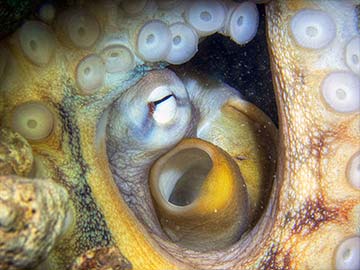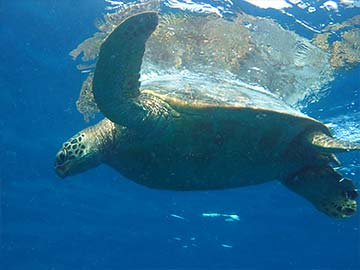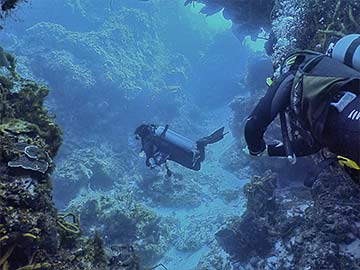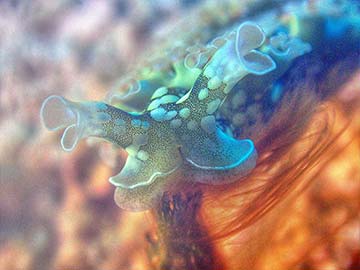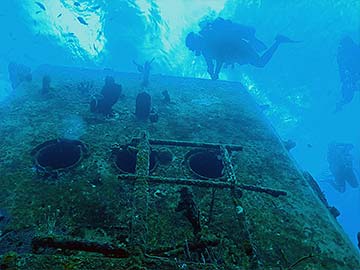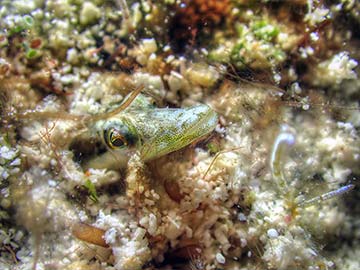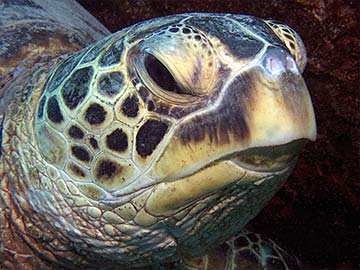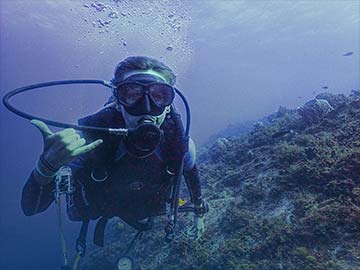Scuba Diving California
DIVE DESTINATION GUIDE
You owe it to yourself to do some scuba diving in California. Not even counting all the freshwater dive options in this very large state, the California coastline stretches over 840 miles (1350 km). This frigid but fantastic North Pacific Ocean is full of marine life and offers scuba divers countless spectacular plunges.
There are some classic California scuba dives you don't want to miss --
- Swimming through the beams of sunlight amid towering kelp forests with those sometimes nippy sea lions and the bright orange garibaldi fish, all kinds of ways to play in Monterey Bay
- Check out the Channel Islands. Avoid going face to face with a GPO (giant Pacific octopus), who hopefully doesn't take an interest in your camera gear, worse, your mask or reg -- DO NOT FAAFO WITH GPO -- They will try to eat you, lol
- Diving "wreck alley" and shore diving La Jolla Cove, in San Diego
- Taking the ferry over to Catalina Island, check into a hotel, then gear up and walking down the stairs into the ocean at the Catalina Dive Park
Wherever you dive in California, it's a little chilly (see water temperature notes below), but be prepared for some real cool dives and potentially some epic experiences. Even riding the boat to get a different perspective of the California coast you just don't get while being on land, it's worth it.
Wreck Alley, San Diego
Diving "wreck alley" in San Diego has been a world class wreck diving destination for more than a decade since the sinking of the 366-ft (111m) HMCS Yukon, a Canadian Mackenzie Class Destroyer. Now this was all a huge project, hence a fancy ceremony planned for the sinking, but the night before the scuttle party, the weather was rolling waves on the ship, she took on some water, and sunk on her own, coming to rest on her port side. Unexpected turn of events, but overall, the project was a major success, and has been a major new scuba diver destination for divers in the United States.
Lots of underwater life, especially anemones, tube worms, and various plants have been growing, and in turn, lots of fish and invertebrates, which brings in bigger and bigger fish. Fish like structure. They can hide and evade predators. They can rest and sleep, protected and out of the current or surge. These artificial reefs, properly cleaned, prepped, and sunk in good areas can probably be very useful in augmenting natural efforts to remedy distressed underwater ecological systems, and bolstering many vital ocean species.
In addition to the HMCS Yukon, there's also the 165-ft (50m) Ruby E, a Coast Guard Cutter, which is in great shape and holds lots of fish. There are several other wrecks and structures, including a storm-damaged research tower from Naval Ocean Systems Center, and the huge pile of railroad and steel bridge beams, railings, and supports from the old Ingraham Street Bridges that spanned Mission Bay. Many divers are in support of developing this entire area known as Wreck Alley, by responsibly cleaning, cutting, and scuttling hundreds of old hazardous boats, and building a much larger artificial reef.
The Channel Islands, Galapagos of the North
The four northern Channel Islands, Santa Cruz, San Miguel, Santa Rosa, and Anacapa, also known as the Northern Archipelago, along with Santa Barbara, the smaller island in the middle, are the designated Channel Islands National Park. The marine ecosystem around these islands is protected within the Channel Islands National Marine Sanctuary.
The Channel Islands are sometimes referred to as the Galapagos of North America. It is an apt title, as the diving around these North Pacfic islands can be stunning. The fish and underwater wildlife, the topside scenery, the entire adventure. Truly magnificent diving.
Two of the southern islands, San Clemente and San Nicolas, are farther offshore, and are more popular for fishing than for diving. Private boat divers and occasional dive charters visit these islands.
Santa Catalina, usually known as Catalina Island, is accessible by public ferry (from Long Beach and Newport), and there is a scuba dive park right in Avalon. This is a must-dive if you ever happen to be in the Los Angeles area.
All eight of the Channel Islands are world class diving, each with their own character, and all with some serious adventure options.
California Water Temperature
California is typically considered cold-water diving, because even in the summer months, the water temperatures usually requires at least a 5mm wetsuit for most divers. Drysuits are not uncommon. Some divers perhaps identify with the polar bear as their spirit animal, because you will see a brave few in San Diego (or sometimes even at Catalina!) that will dive in shorts and a t-shirt.
The warmest the southern California coastal waters will be is around 70F/21C in the summer months, while the temperature drops to around 57F/14C in the winter. The ocean temperatures of northern California are much colder, topping out at 64F/18C in the summer and dropping under 50F/10C in the winter.
California Scuba Diving Links
LA Diver - Southern CA Dive Links
San Diego Wreck Diving
Southern California Shipwrecks Map
San Diego Blog - HMCS Yukon Dive
San Diego Visitors Guide - Things To Do
Channel Islands National Park
National Park Service - Diving Channel Islands
Catalina Island
Scuba Diving Casino Point, Catalina Divers Supply
Casino Point Dive Park, Diving Catalina
Monterey Bay
Monterey Bay Scuba, Dive Center
Bamboo Reef, Monterey Bay Diving Tours




